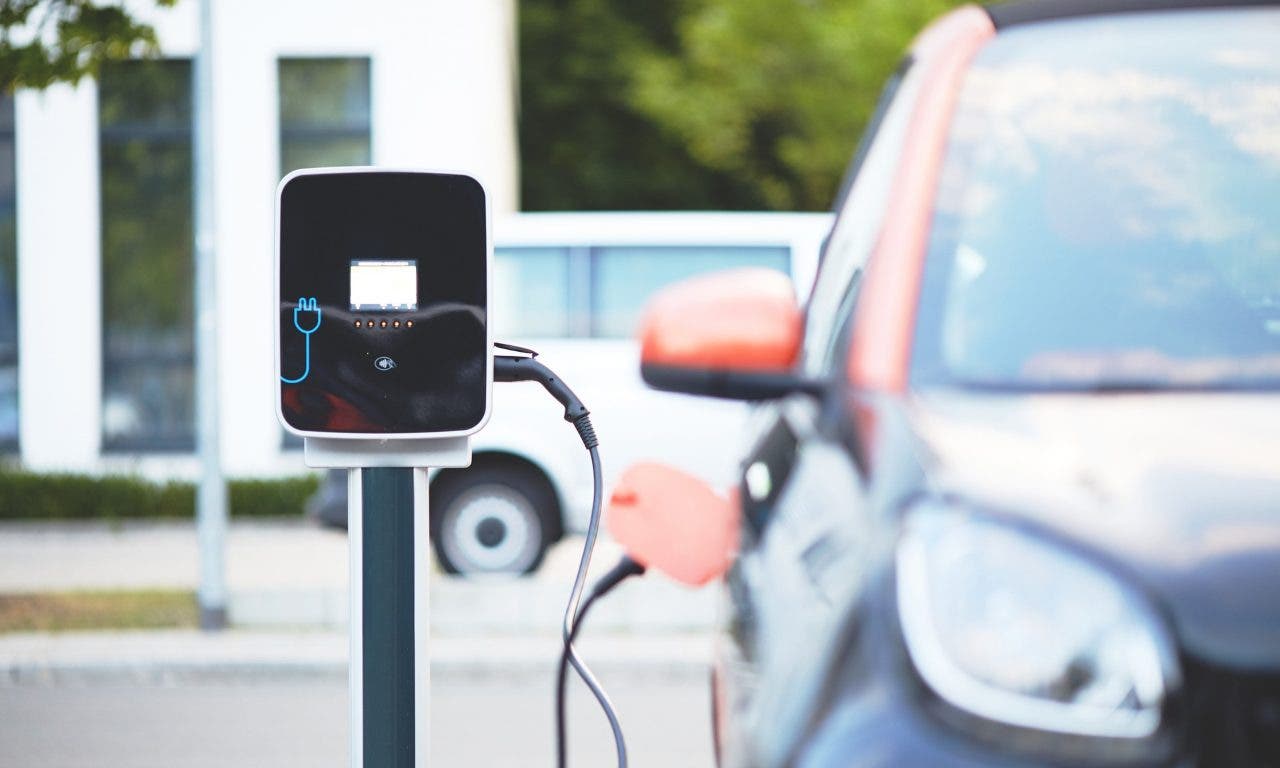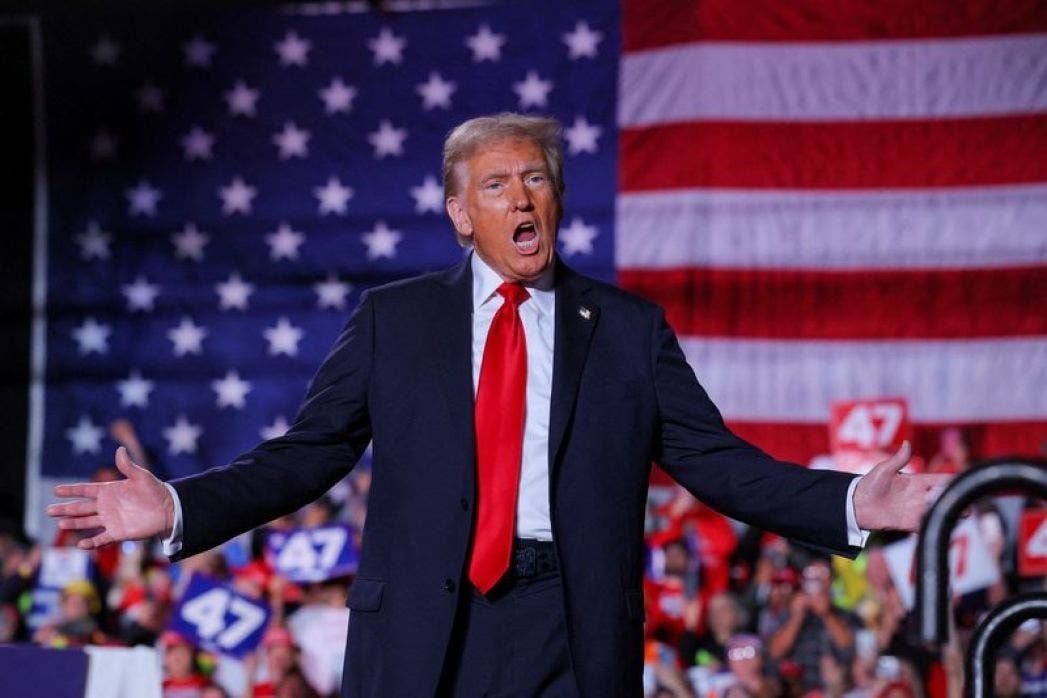Despite forecasts of slight growth in global auto sales in 2025, the automotive market faces a far from rosy future. High interest rates, economic instability, and changing energy policies are just some of the challenges that could limit growth. In the United States in particular, new government policies could further complicate the picture, while in Europe, economic concerns and stricter emissions regulations cast a shadow over the industry’s future.
China leads electric turn, but global challenges and unknowns persist
The automotive market is struggling between hope and concern. In fact, speaking specifically by numbers, according to the S&P Global Mobility report, global vehicle sales in 2025 are expected to reach 89.6 million units, up 1.7 percent from 2024.
China‘s automobile market is set to drive global growth in the industry, mainly due to the boom in electric vehicles, spurred by favorable government policies. In fact, we can say that China’s electric vehicle market is set for unprecedented expansion, while sales of traditional cars are set to decline.

According to the Financial Times, sales of electric cars in the Asian country are expected to exceed 12 million units by 2025, registering a 20 percent increase over the previous year. This success is the result of investment in research and development, which has led to lower production costs and improved performance. However, the explosive growth of the industry could lead to a phase of consolidation among manufacturers, with possible mergers and acquisitions.
Automotive giant Stellantis engaged in a large-scale restructuring aimed at optimizing production and expanding its offerings. This transformation, while complex, is already showing the first positive results. Despite the challenges posed by a struggling European market and declining sales in the United States, the company is confident about the future. Through a series of initiatives to reduce inventories and improve production efficiency, Stellantis aims to catch up and strengthen its position in the industry. Also, significant investments in new models, such as those of the Ram and Jeep brands, promise to boost sales and attract new customers.

Positive outlook for the Chinese market while the U.S. slows down
Despite challenges related to policy changes, the long-term outlook for China’s electric vehicle market remains very positive. So, as the Chinese car market continues its expansion-particularly in the electric vehicle segment-in the meantime, the rest of the world may see a slight contraction in production. Despite a forecast of a slight decline in production worldwide, sales of battery electric cars are set to leap ahead, exceeding 15 million units by 2025. However, as we are well aware and have discussed on several occasions, the development of this sector is still affected by several unknowns, including the availability of adequate infrastructure, evolving government policies, and the stability of supply chains.
But the incoming Trump-led U.S. administration seems intent on completely reshaping the electric car landscape. And this came out of a Bloomberg report. By eliminating tax incentives and facilitating domestic production, it aims to make American companies more competitive. At the same time, deregulation of the industry is expected, with a loosening of controls on emissions and autonomous vehicles. This strategy, however, could have non-negligible consequences for trade relations with Canada, where the auto industry is highly integrated with the U.S. industry. The imposition of tariffs could trigger a chain reaction, with price increases, slowing production and job losses on both sides of the border.

U.S. duties threaten Canadian auto
U.S.-imposed restrictions and potential tariffs could significantly harm the Canadian-American auto industry. Concern is growing over the possible damage on the recovery of the Canadian auto industry. Such is due to the 25 percent tariffs on Canadian imports proposed by President-elect Donald Trump. And this situation, according to CNBC, especially rattles Ontario, where major automakers mainly produce vehicles for U.S. consumers.
The new tariffs imposed by Donald Trump threaten to unleash a real economic storm in the automotive sector, affecting both Canada and the United States. According to Ontario’s premier, Doug Ford, these tariffs could trigger higher vehicle prices, slow production and cause the loss of many jobs. The interdependence between the two countries’ economies is such that any such disruption could have knock-on consequences, putting a delicate balance at risk.

